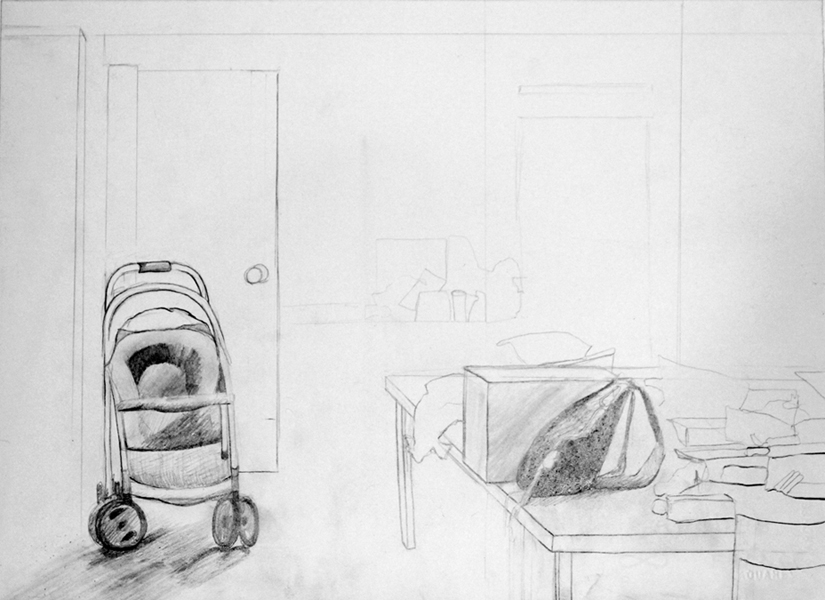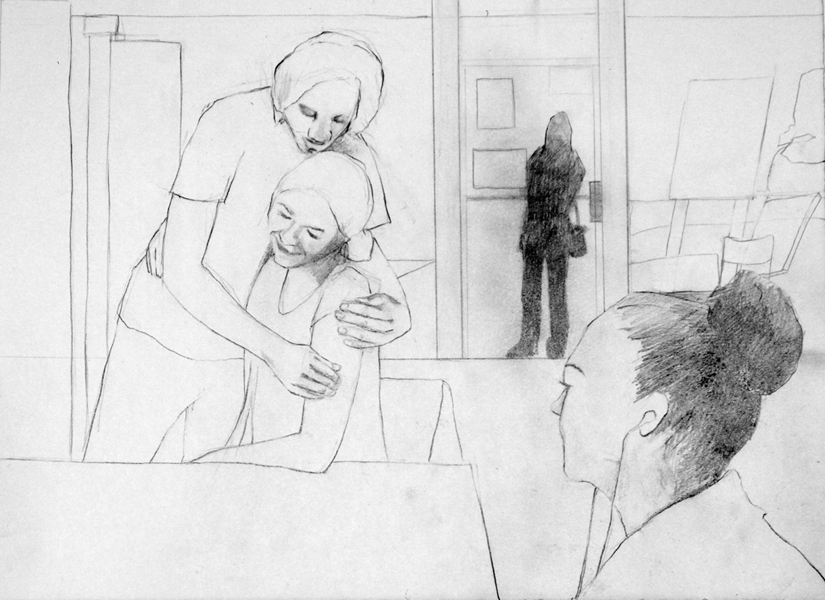ihumanSince I finished grad school nearly a year ago I’ve been exploring ways that art can be used outside of the white box gallery context to engage broader and more diverse audiences. I recently had the opportunity to work on a project with education professor Joyce Bellous that did just that. Joyce was asked by ihuman to facilitate a 12 week resiliency training program for the ihuman staff. In case you don’t know, ihuman is an amazing youth-driven art drop-in centre for at-risk youth in inner city Edmonton (you can visit their website here for more info.) The staff, which include music, visual art and fashion design facilitators along with a team of mental health and social work professionals deal with immense pressures on a daily basis as they seek to help youth struggling with addiction, homelessness, abuse, unplanned pregnancies and other complex situations. In the early training sessions Joyce wanted to use Brazillian educator, Paulo Freire’s, problem-posing learning method in order to get at the situated knowledge of the ihuman staff members. When Freire would go into villages or slums in Brazil he would take an artist with him. The artist would create simple drawings from her observations in the community. Freire would then present the drawings to the community, asking open ended questions about what was happening in the drawings. The drawings provided a starting point for conversation, allowing community members to share what they already knew without the assumptions of the educators limiting the conversation. My job in the ihuman context was to create several drawings that were both specific enough to reference actual occurrences at ihuman, but also open enough so as not to narrow the conversation too much or impose my own biases. I spent lots of time observing and photographing in the ihuman art studio and even attended the first staff training session. The images are a composite of a number of interactions that I witnessed at ihuman. I sought to create drawings that possessed layers of different kinds of interactions and were also open enough that they could be read in many ways. The drawings were then presented to the staff and used as a starting point for conversations about the identity of ihuman and the complex tensions and contradictions that the staff encounter in their workplace. |  |  |